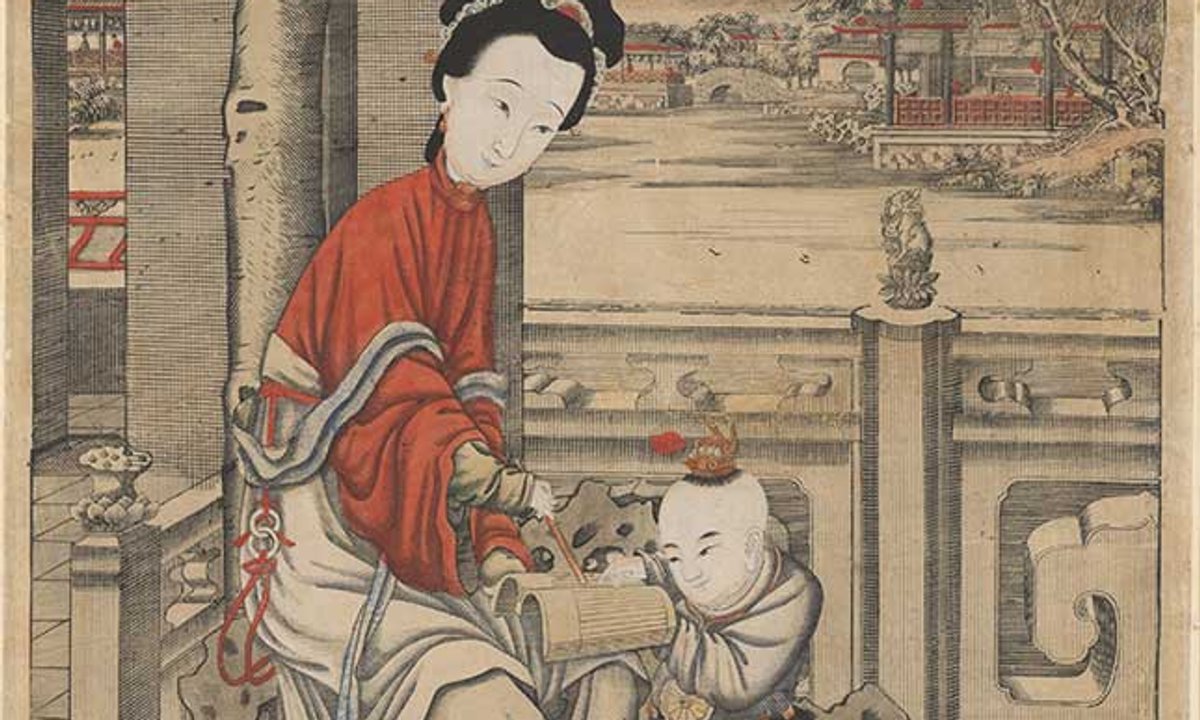
"Woodblock printing with colour was pioneered in China and reached its zenith in 18th-century Suzhou. An exceptional selection of Suzhou prints, assembled by the specialist bookseller and collector Christer von der Burg, has now been purchased by the Metropolitan Museum of Art and the Cleveland Museum of Art. The museums each acquired more than 100 prints, many of them large-scale and polychrome, which range across subjects and genres such as cityscapes, elite women, birds and flowers."
"The Hepworth Wakefield acquired this rare stringed wood carving by Barbara Hepworth after a £3.8m public fundraising appeal that secured more than 2,800 donations. The sculpture dates from the pivotal period after the British artist moved her family to St Ives on the Cornish coast, escaping the threat of war in London in August 1939. Its plaster model was the only sculpture she brought with her, and it took several more years before Hepworth had the studio space to carve in wood again."
Woodblock colour printing originated in China and reached its peak in 18th-century Suzhou. The Metropolitan Museum of Art and the Cleveland Museum of Art each purchased over 100 Suzhou prints from Christer von der Burg, including many large-scale, polychrome works depicting cityscapes, elite women, birds and flowers. The prints combine Chinese painting traditions with linear perspective and other European conventions. Few Suzhou prints survived the Cultural Revolution, while others were preserved through circulation in European and Japanese collections. The Hepworth Wakefield acquired Barbara Hepworth’s 1943 wood carving after a £3.8m public appeal. The unidentified Caravaggesque painter known as Pensionante del Saraceni remains puzzling since 1943.
Read at The Art Newspaper - International art news and events
Unable to calculate read time
Collection
[
|
...
]